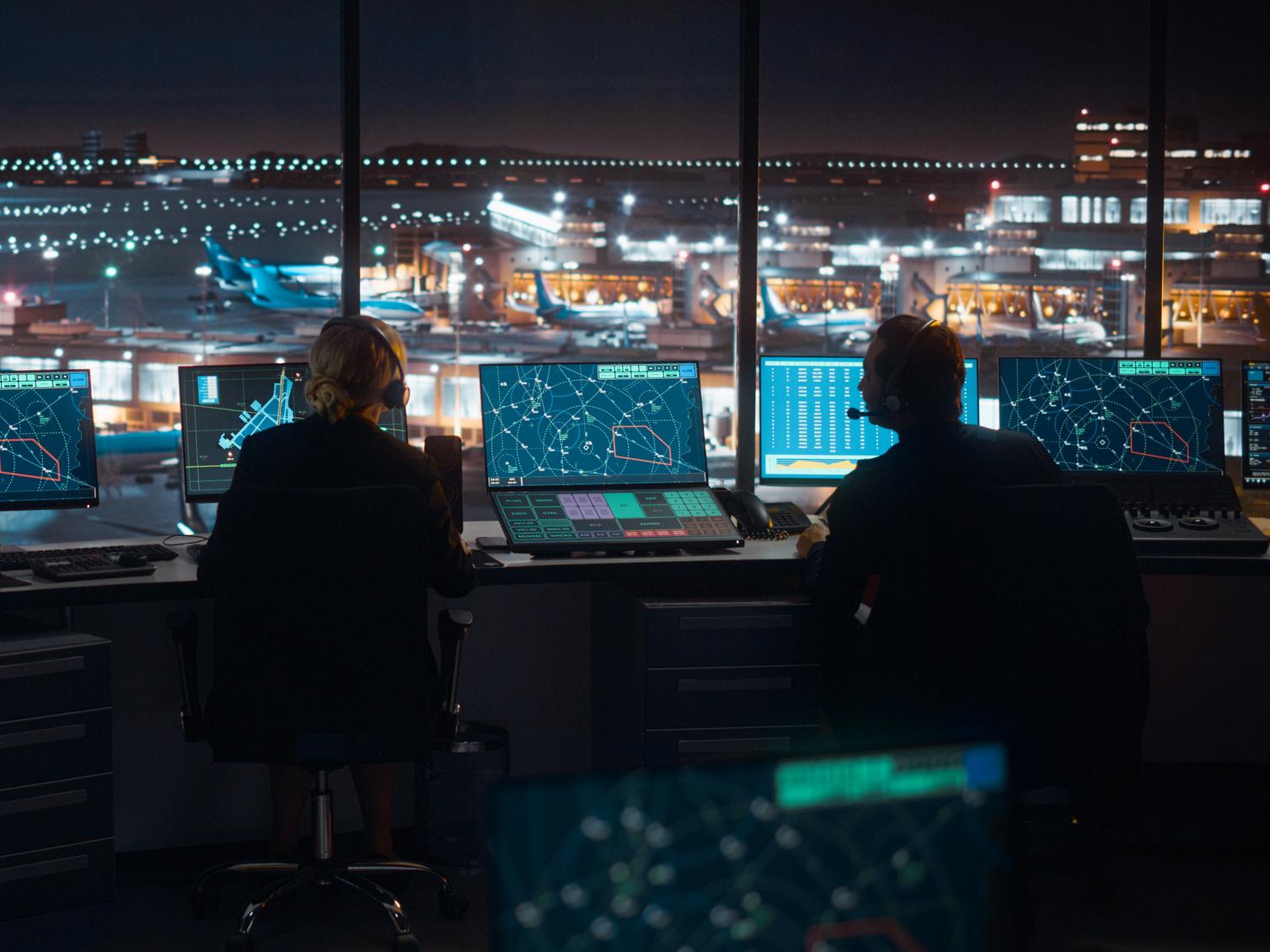SITA Aircraft Chief: Current Technology Would Bring Immediate CO2 Reductions

Credit: gorodenkoff/iStock/Getty Images
Optimizing flight trajectories and air traffic management practices could contribute to a 10% CO 2 reduction per flight, but implementation of readily available technology needs to be accelerated. That’s according to SITA for Aircraft CEO Yann Cabaret, who emphasized that while sustainability...
Subscription Required
This content requires a subscription to one of the Aviation Week Intelligence Network (AWIN) bundles.
Schedule a demo today to find out how you can access this content and similar content related to your area of the global aviation industry.
Already an AWIN subscriber? Login
Did you know? Aviation Week has won top honors multiple times in the Jesse H. Neal National Business Journalism Awards, the business-to-business media equivalent of the Pulitzer Prizes.





